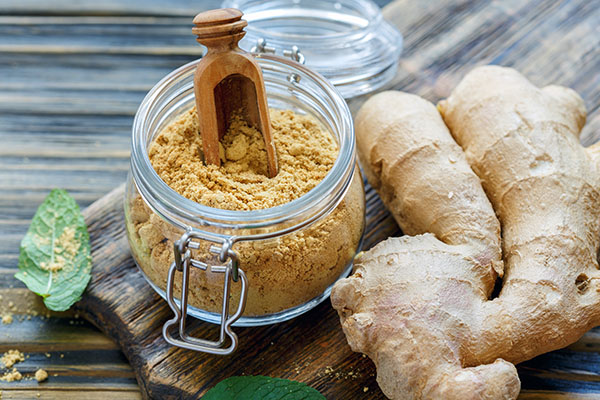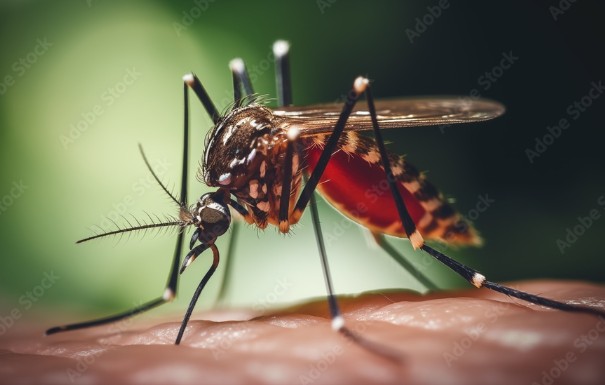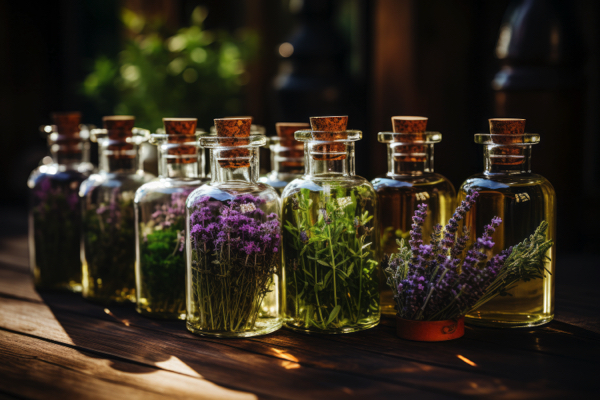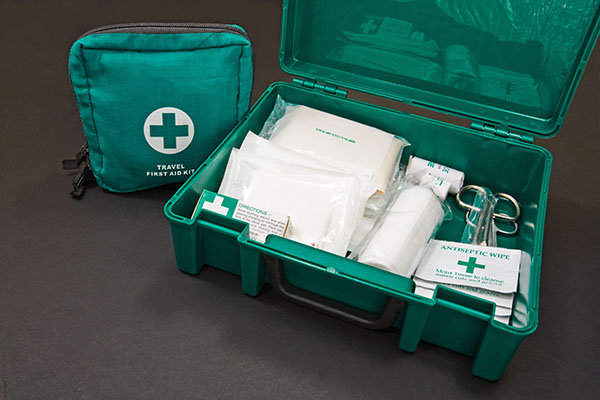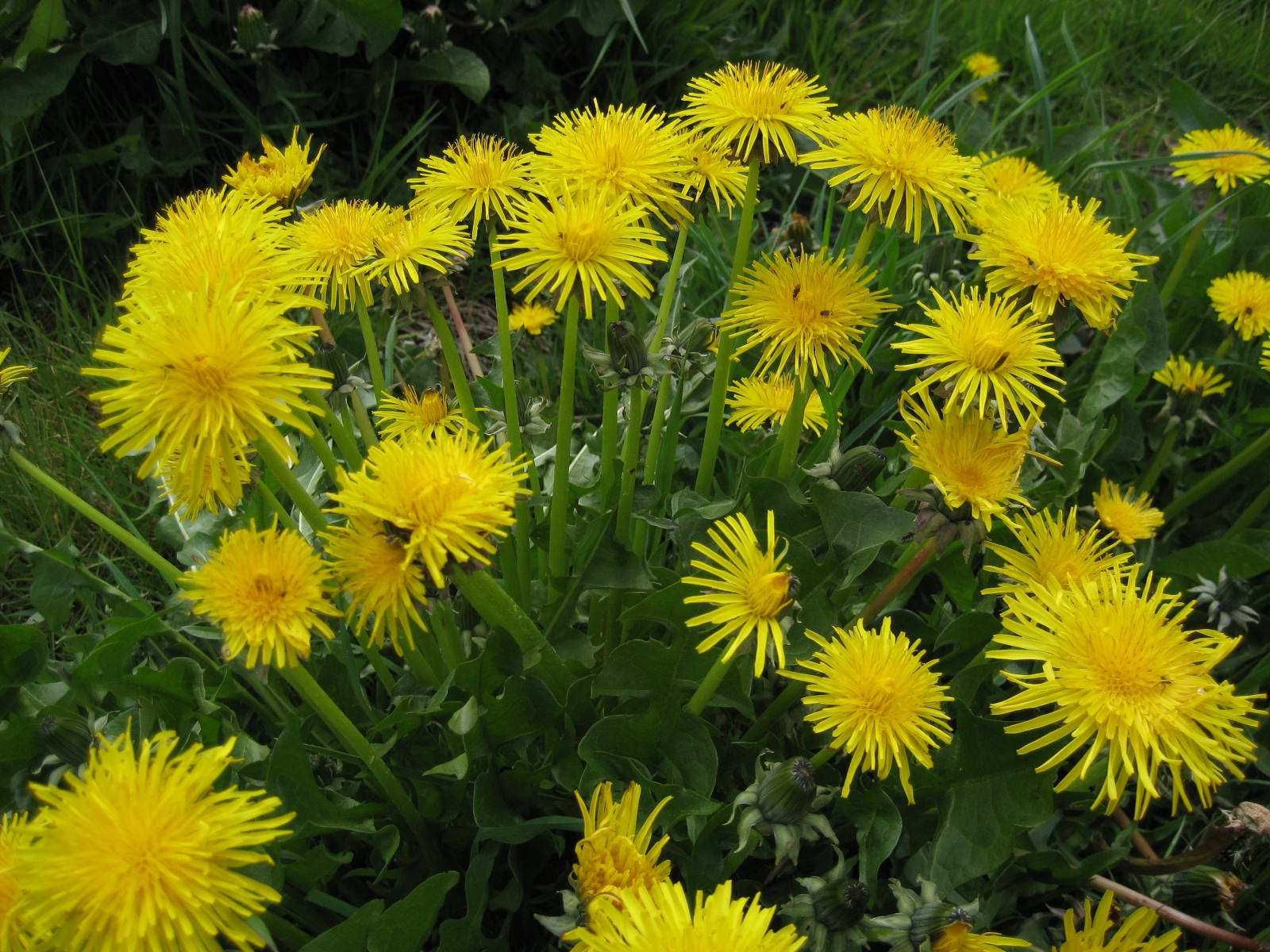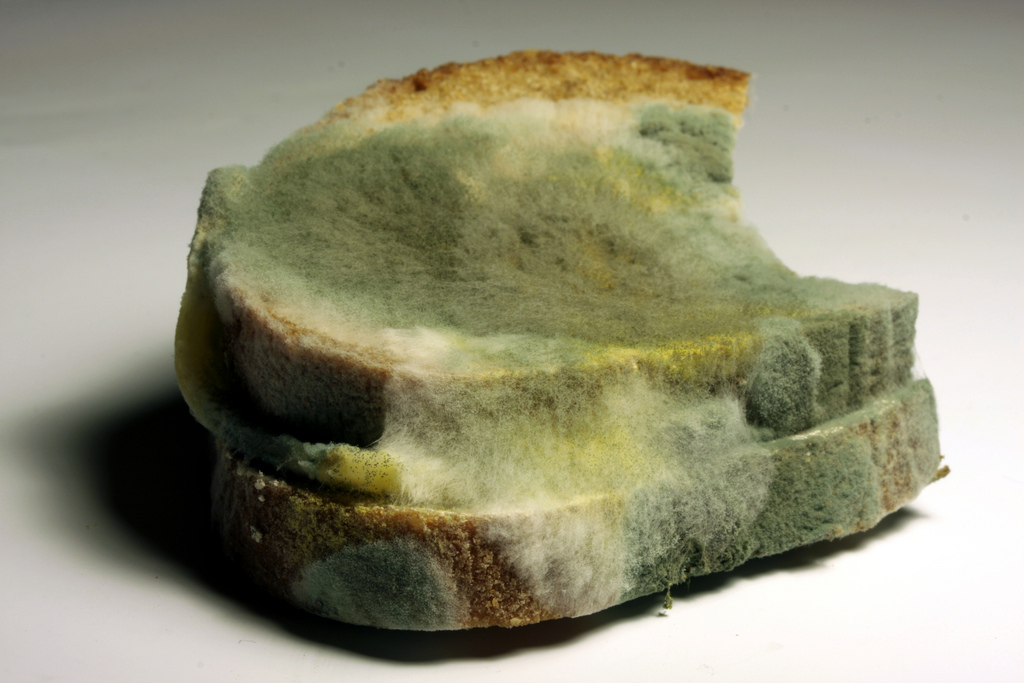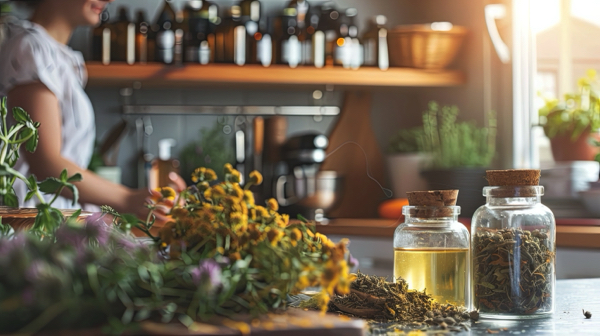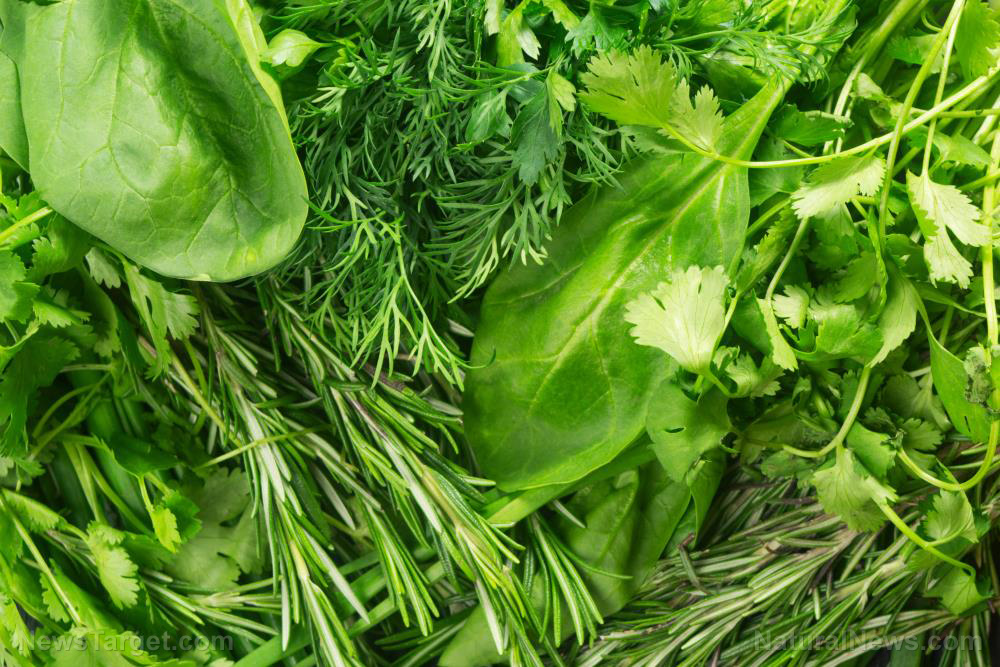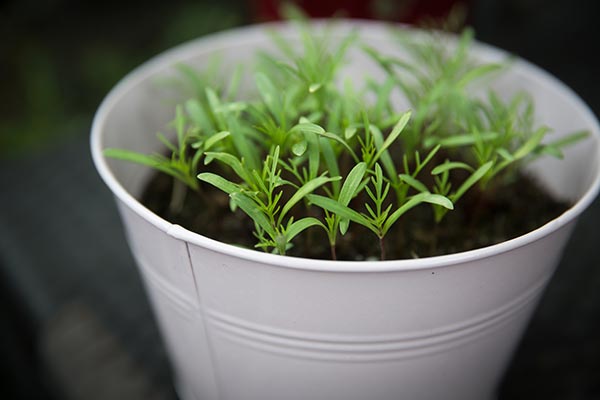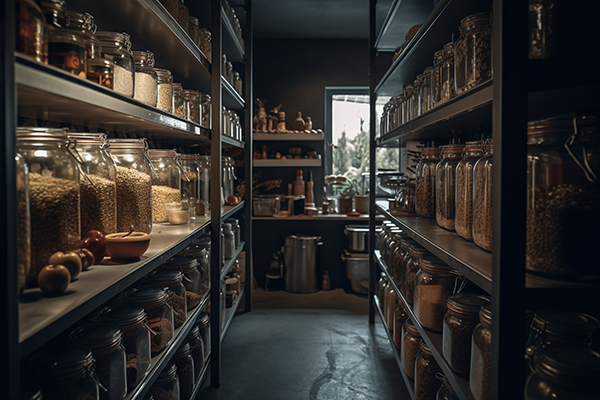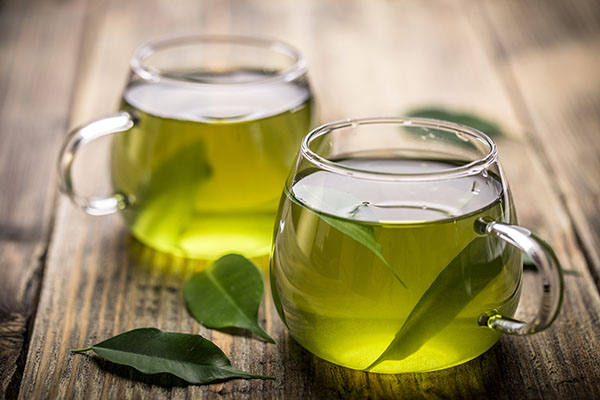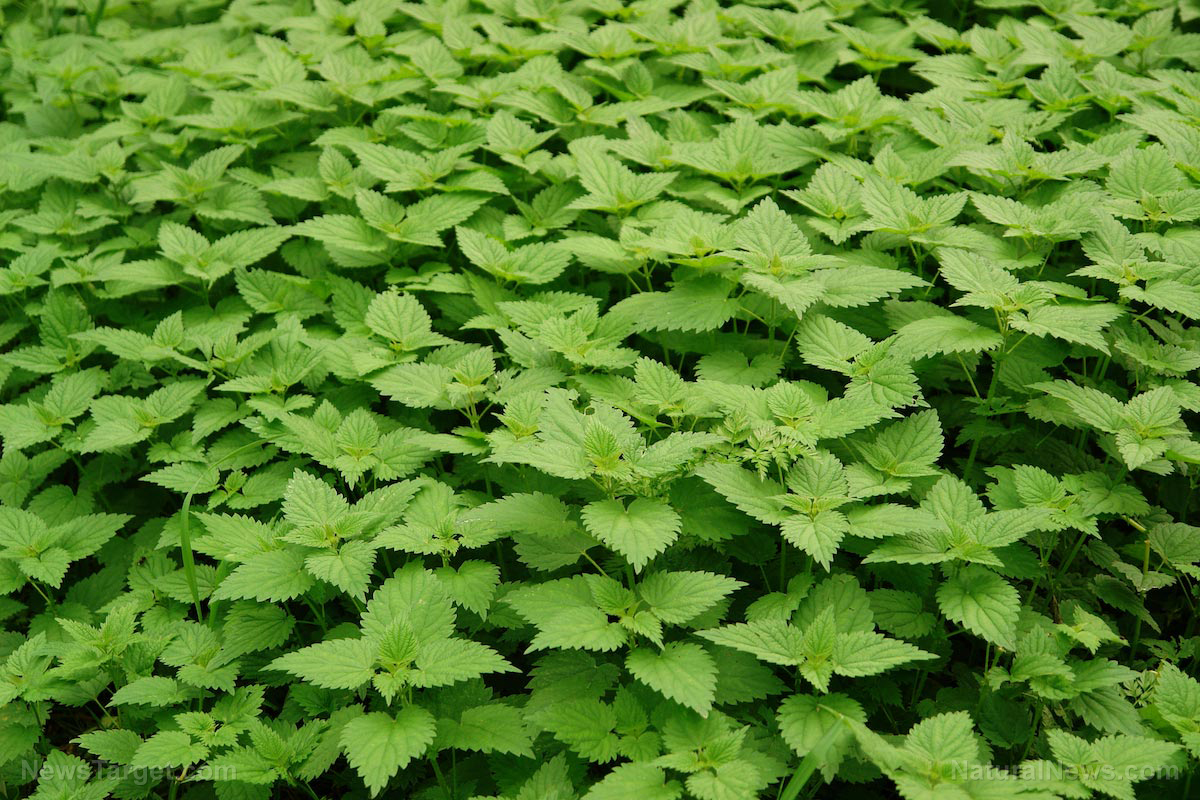Ancient herbal wisdom for modern wound care: A simple guide for preppers
08/18/2025 / By Evangelyn Rodriguez
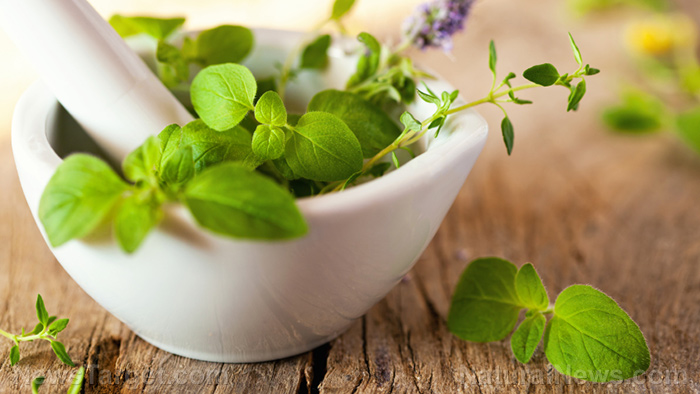
- With rising antibiotic resistance and the threat of limited medical access, herbal treatments (used historically by soldiers, explorers and indigenous peoples) are gaining traction for wound care.
- Wound care herbs you can use include hemostatic (stops bleeding), anti-inflammatory (reduces swelling), proliferative (promotes tissue repair), antimicrobial (prevents infection) and lymphatic (supports immune response) herbs.
- Clean wounds thoroughly before using proliferative herbs to avoid trapping debris.
- Learn how to prepare different herbal tinctures, infusions, decoctions and poultices — these will come in handy when SHTF.
- Mastery of plant identification, preparation and usage is critical — skills outweigh supplies in crises.
In a world where antibiotic resistance is rising and natural disasters can cut off access to medical care in an instant, a growing number of survivalists, wilderness medics and even conventional healthcare practitioners are turning to the same botanicals that healed soldiers during the Civil War, explorers on the Oregon Trail, and indigenous communities long before hospitals existed. From yarrow’s blood-stanching powers to calendula’s scar-minimizing properties, age-old herbal remedies offer a low-tech, high-impact solution in first aid situations — only if used correctly.
The stakes are high in SHTF scenarios, where a simple cut could turn septic without proper care. But even in everyday life, herbal wound treatments provide an accessible alternative for people seeking to reduce their reliance on synthetic drugs. The key, experts say, lies in understanding which herbs to deploy, when and how — knowledge that once defined human survival but has since faded from mainstream consciousness.
Five pillars of herbal wound care
Herbal medicine isn’t a monolith; it’s a strategic arsenal. Here are the core categories of wound-healing plants, each of which serves a distinct role in the body’s natural healing and repair process. (h/t to TheSurvivalMom.com)
Hemostatic herbs
Before there were antibiotics, battlefield medics relied on astringent herbs to help clot wounds.
- Yarrow (Achillea millefolium) – Carried by soldiers because of its ability to staunch bleeding when crushed and packed into gashes
- Shepherd’s purse (Capsella bursa-pastoris) – Contains compounds that can constrict blood vessels
- Blackberry leaves (Rubus fruticosus) – Harbor tannins that help tighten tissue
- Oak bark (Quercus spp.) – Has high tannin content, making it a universal hemostatic. In a pinch, a decoction (a strong tea made from boiled bark) can be applied as a compress.
Anti-inflammatory herbs
Inflammation is the body’s alarm system; but if left unchecked, this process could delay healing.
- Willow bark (Salix spp.) – The original source of aspirin; eases pain and swelling when brewed into tea
- Comfrey (Symphytum officinale) – Dubbed “knitbone” for its tissue-repairing properties (Caution: Comfrey’s pyrrolizidine alkaloids can be toxic if overused internally.)
- Greater plantain (Plantago major) – Crushed leaves can be used as poultice for insect bites or minor wounds
Proliferative herbs
Once bleeding stops, the body needs raw materials to regenerate. Here are some potent herbs that can help you:
- Calendula (Calendula officinalis) – Accelerates cell growth and reduces scarring
- Aloe vera – Hydrates damaged tissue while fighting bacteria (preventing infections)
- Horsetail (Equisetum arvense) – Rich in silica; promotes collagen formation.
Warning: These herbs can seal a wound too quickly, trapping debris or infection beneath new skin. To prevent this from happening and for faster healing, make sure to clean the wound thoroughly before applying these herbal medicines.
Antimicrobial herbs
Before penicillin, herbs like echinacea and goldenseal were the frontline defenses against gangrene.
- Echinacea extracts (Echinacea purpurea) – Traditionally used on wounds to improve healing; can treat respiratory symptoms caused by bacterial infections
- Goldenseal (Hydrastis canadensis) – Contains berberine which disrupts bacterial cell walls
- Sida (Sida cordifolia) – Tropical plant that shows promise against stubborn infections like methicillin-resistant Staphylococcus aureus (MRSA) in lab studies
Topical application is key when using these plants. Goldenseal tea won’t cure a bloodstream infection, but a wash can prevent one from starting.
Lymphatic herbs
Swollen lymph nodes signal the body’s struggle to clear invaders. These herbs can help lift the burden:
- Cleavers (Galium aparine) – stimulates lymphatic drainage
- American pokeweed (Phytolacca americana) – a more potent lymphatic herb; use a few drops at a time
- Red clover tea (Trifolium pratense) – acts as a gentle blood purifier
How to use wound care herbs effectively
Knowing the herbs and how to use them is half the battle; preparing these natural medicines correctly is just as important. In times of crisis, three forms will come in handy: tinctures (alcohol extracts), infusions or decoctions (teas). (Related: Emergency medicine: How to make your own first-aid antiseptic at home using natural ingredients.)
- Tinctures – Last years and can be diluted for washes or taken internally. Vodka or Everclear (190-proof grain alcohol) can preserve the herbs’ active compounds. A 1:5 ratio — one part dried herb to five parts alcohol — is standard.
- Infusions (for leaves and flowers) and decoctions (for roots and bark) – Faster to prepare but perishable. Soak a clean gauze in a strong plantain infusion for an anti-inflammatory compress.
The most critical supply in any emergency isn’t a stockpile — it’s skill. Having the right tools is useless if you don’t know how to use them. Herbal wound care demands practice: identifying plants, making extracts and recognizing when a wound needs more than just herbs.
For preppers willing to learn, the rewards extend beyond survival. There’s a quiet empowerment in knowing that the “weeds” underfoot could one day save a life.
Find more stories like this at Survival.news.
Watch this video to learn how to make a chickweed and ginger poultice.
This video is from the PlantYourBackyard channel on Brighteon.com.
More related stories:
Survival medicine: How to make tinctures for your SHTF first aid kit.
Six herbal salves for your prepper medicine cabinet.
Nature’s toolkit: Essential oils for your survival and emergency preparedness.
Sources include:
Submit a correction >>
Tagged Under:
alternative medicine, dedoctions, emergency medicine, herbal medicine, Herbs, homesteading, infusions, natural cures, natural medicine, Naturopathy, off grid, plant medicine, preparedness, prepper, prepping, remedies, SHTF, survival, survival medicine, survivalist, Wound Healing
This article may contain statements that reflect the opinion of the author
RECENT NEWS & ARTICLES
EmergencyMedicine.News is a fact-based public education website published by Emergency Medicine News Features, LLC.
All content copyright © 2018 by Emergency Medicine News Features, LLC.
Contact Us with Tips or Corrections
All trademarks, registered trademarks and servicemarks mentioned on this site are the property of their respective owners.

